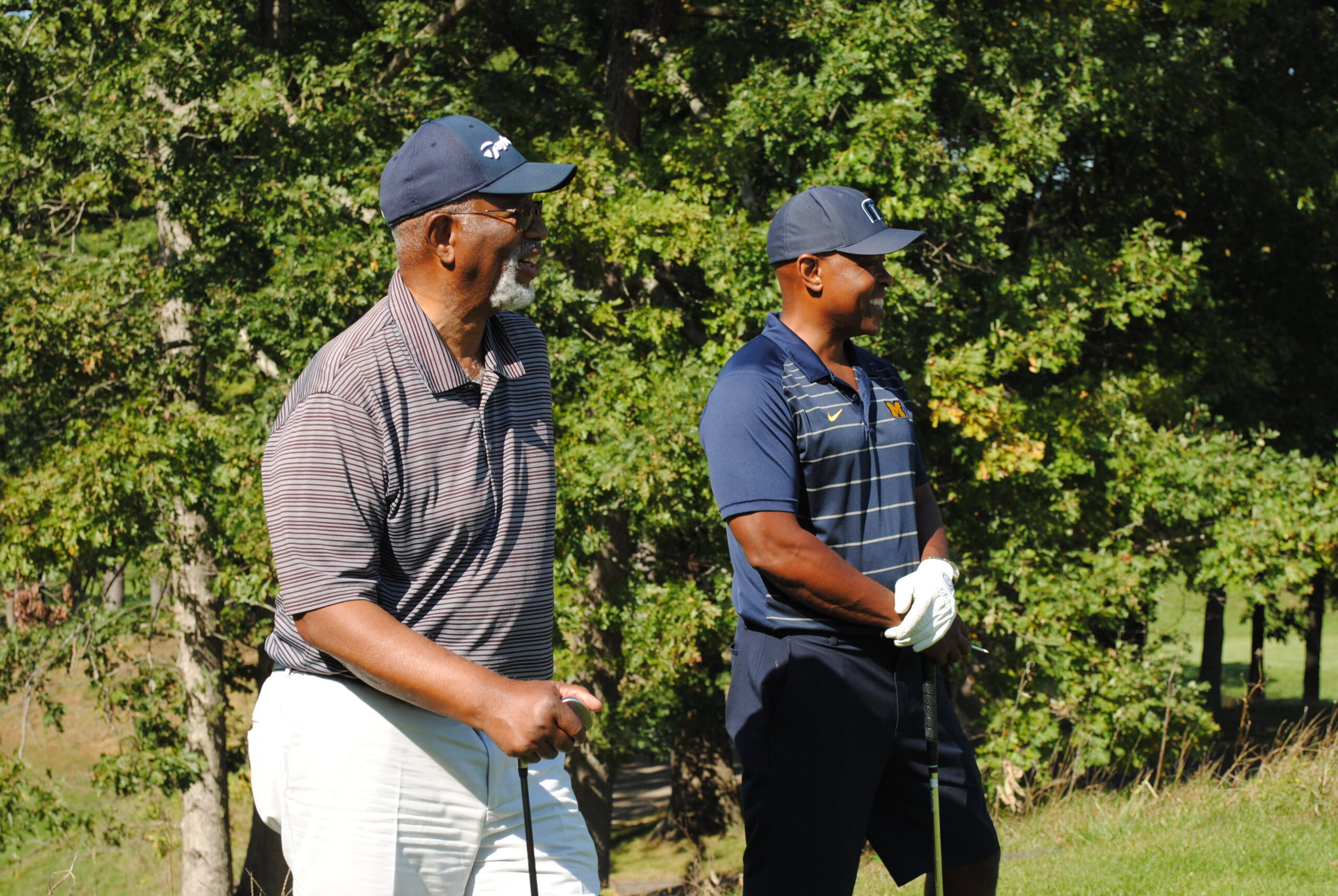



Our nation’s future depends on the well-being of our youth and their ability to leave school prepared for college or the workplace–ready to make a positive contribution to society. For them to reach their full potential they need stable families and supportive mentors and role models who provide opportunities and experiences for them to grow their academic capacity and the resilience they need to successfully transition to adulthood.
This is especially true for our most vulnerable (“or at-risk”) youth who are statistically less likely to be prepared academically and are less likely to achieve desirable outcomes. Youth who master competencies across several domains are more likely to achieve desirable outcomes including educational and professional success, self-confidence, connections to family and community and contributions to society. These areas of competency include:
- Cognitive: Knowledge of essential life skills, problem solving skill, academic adeptness;
- Social: Connections with others, perceived good relationships with peers, parents and older adults;
- Physical: Good health habits, good health risk management skills;
- Emotional: Good mental health, including positive self-regard, good coping skills;
- Personal: Sense of personal autonomy and identity, sense of safety, spirituality, planning for future and life events, strong moral character;
- Civic: Commitment to community engagement, volunteering, knowledge of how to interact with government systems; and
- Vocational: Knowledge of essential vocational skills, perception of future in terms of jobs or careers.
At-risk youth typically share certain common characteristics or circumstances that put them in vulnerable positions. Some common factors among at-risk youth include:
- Disadvantaged backgrounds: Many at-risk youth come from low-income families or communities with limited resources and opportunities.
- Academic struggles: They may face challenges in education, such as poor school performance, high dropout rates, or low attendance.
- Behavioral issues: At-risk youth may exhibit disruptive behaviors, engage in delinquency or substance abuse, or have difficulties managing anger or emotions.
- Family instability: They may experience family problems, such as parental neglect, abuse, or substance misuse, which can impact their well-being and development.
- Lack of positive role models: At-risk youth may lack positive adult role models or mentors who can guide and support them.
- Peer influence: Negative peer influences can play a significant role in their behaviors, decision-making, and involvement in risky activities.
It’s important to note that these factors can vary for each individual, and not all at-risk youth will share the same circumstances or challenges.
Youth with strong character and those who are academically prepared help build stronger and more vibrant communities.
Barriers between cultures and groups in our community continue to hold us back from being an effective supportive system for our youth. We are void of true opportunities to be immersed in each other’s cultures and to network, build connections, and friendships to break down barriers for inclusive community growth. The Fulfilling the Dream Celebrity Open has been established to directly address both these needs.
Proceeds from the Fulfilling the Dream Celebrity Open increases the capacity of our youth development service organizations to provide positive experiences and growth opportunities for youth who are typically left out and left behind. We partner with a common vision of serving more disadvantaged and at-risk youth so that our community benefits even faster, and at greater scale.
Your support and involvement with Fulfilling the Dream directly impacts our youth and the entire community well beyond the Celebrity Open event. You help change lives! The net result is a stronger and more vibrant community.